I can't believe it's been two weeks since my last blog post. I've been busy! I've been working my dental hygiene job, attended the Independent Garden Center Show in Chicago, and I finished another Lowe's Creative Ideas project! Let's talk about the latter.
Our largest garden is on "the back 40" of Our Little Acre and there are times when I simply don't want to walk all the way up to the garage or even to the front of the storage building we have near the pool, to get the garden tool I need. Usually it's pruners, a trowel, or a pair of gloves. So here's my little solution to that problem.
Pallets are hot. For years now, gardeners and other people have been making use of these free discards to create useful objects. Most gardeners plant them. I decided to use one to help me be more organized and keep certain gardening tools handy. I enlisted the help of my trusty assistant, Romie, because he's just so handy with power tools. Secretly, I think he likes playing with them, too. So I showed him what I wanted, and he obliged me.
Step One was to make a little compartment at the top of the pallet. He cut the top front board on the pallet to make a door.
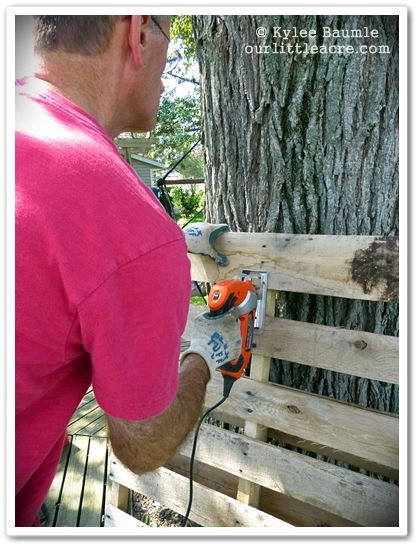
Then he cut pieces from another pallet to make a top and bottom for it. Hinges were attached, and I used magnetic closures to keep the door shut. A simple black knob on the door and that was complete. This was the hardest part of the entire project, but it wasn't really hard. Especially because Romie did it.
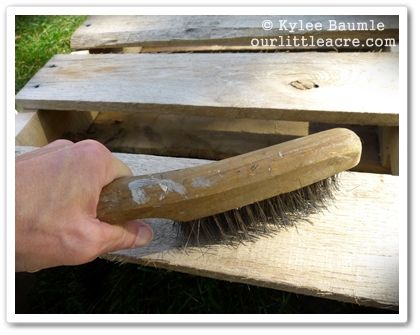 |
| I brushed the entire pallet with a metal brush to remove dirt and loose splinters. |
Next, I took white Kilz primer (we had some left over from a previous home project) and dry-brushed the pallet with it to give it a weathered whitewashed look. Once that was dry, we attached a plant pot strip that I bought several years ago, but hadn't used for awhile.
Then came the tool hangers that I chose from Lowe's large assortment.
We hung it on the back of the building, on the east wall, using six wood screws. There's an eave that helps protect it from the rain, but there's also a large crab apple tree that will aid in keeping the rain from it, too. We rarely get a rain from the east anyway.
I planted the pots with petunias and begonias, and put my pruners and gloves in the compartment at the top. I think I'll stencil something on the blank space to the right of the compartment.
Voila!
Visit Lowe's Creative Ideas for more garden inspiration and great DIY ideas!
_____________________
Thanks to Lowe's for providing the gift card for the materials I needed to complete this project. Also to Ethel Gloves, Corona Tools (pruners), Clarington Forge (spades), and Dramm (hose and watering can) for the other gardening products shown in this blog post. Oh, and I must also thank Troy-Bilt for the pallet, upon which my tiller arrived. :-)











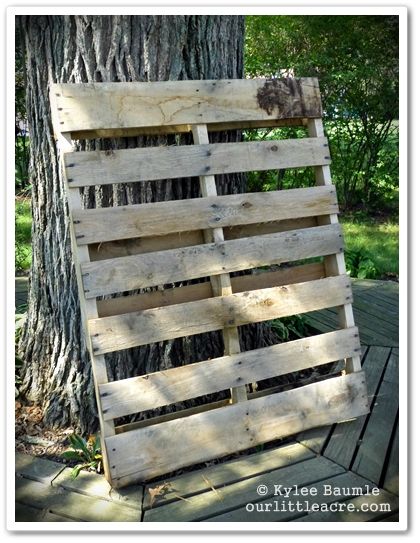
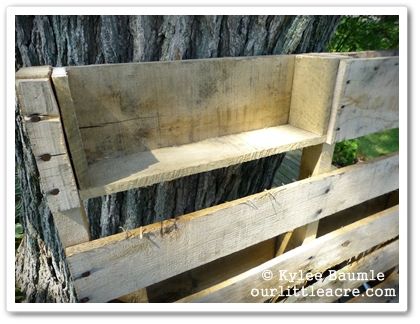
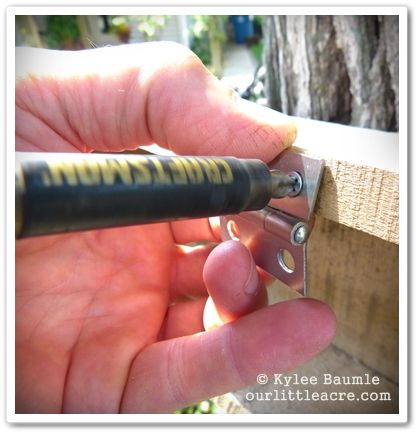

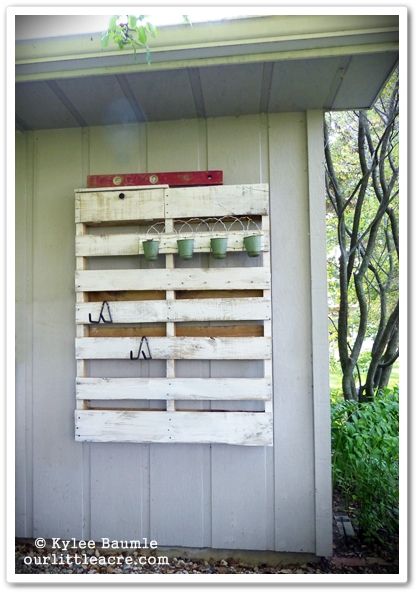
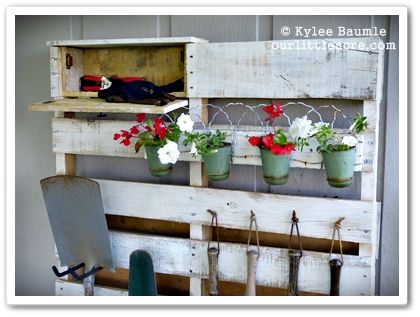

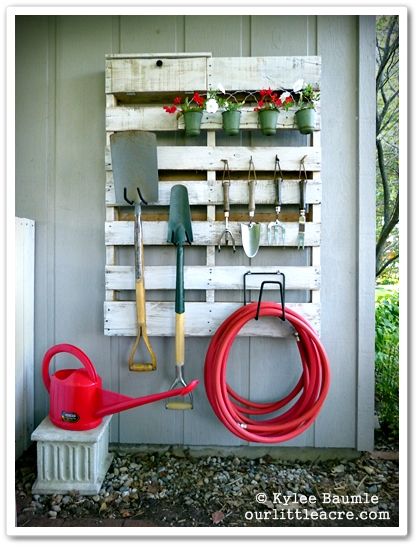

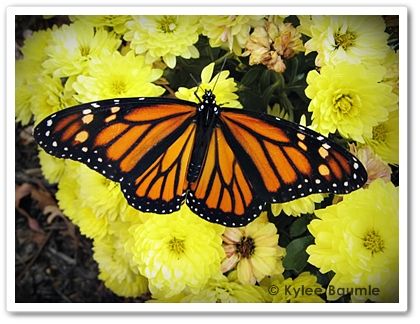

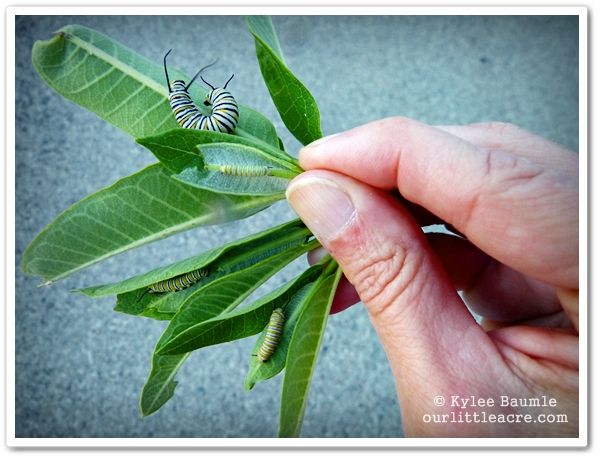

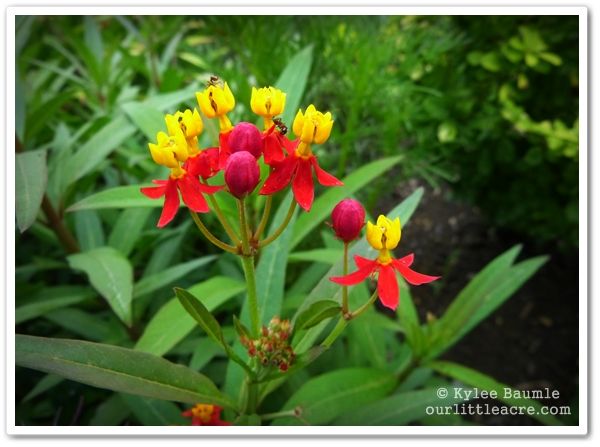


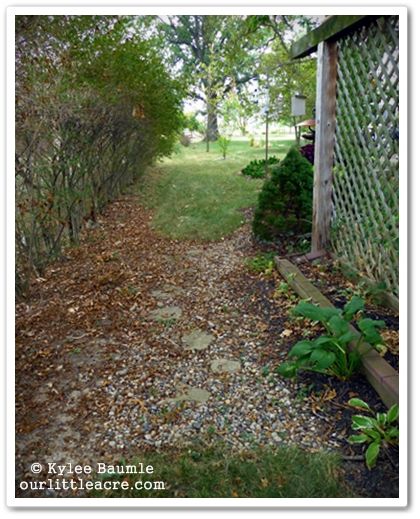
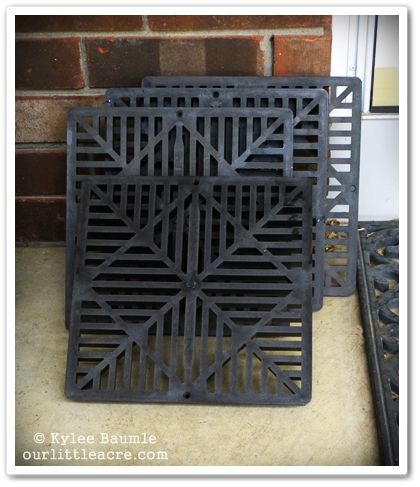

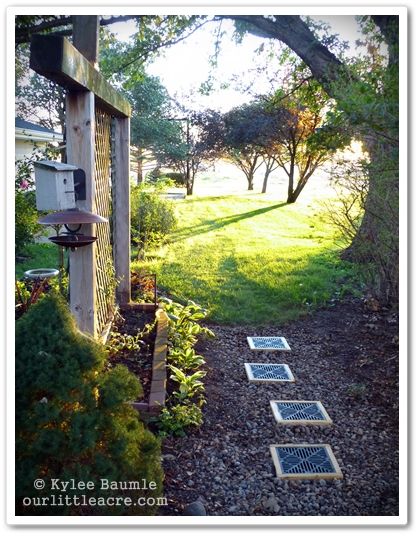

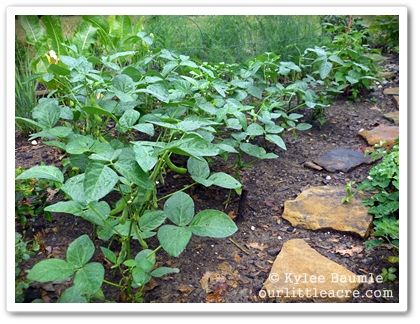

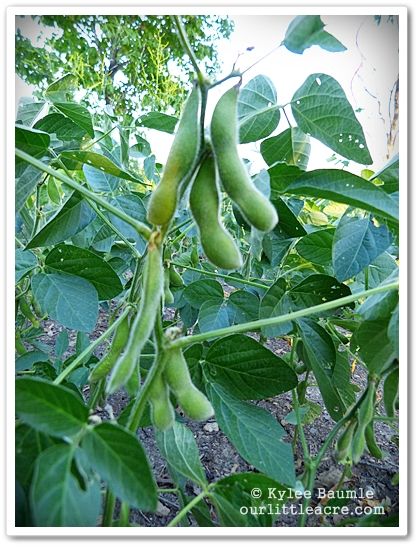







 "Bejeweled"
"Bejeweled"


